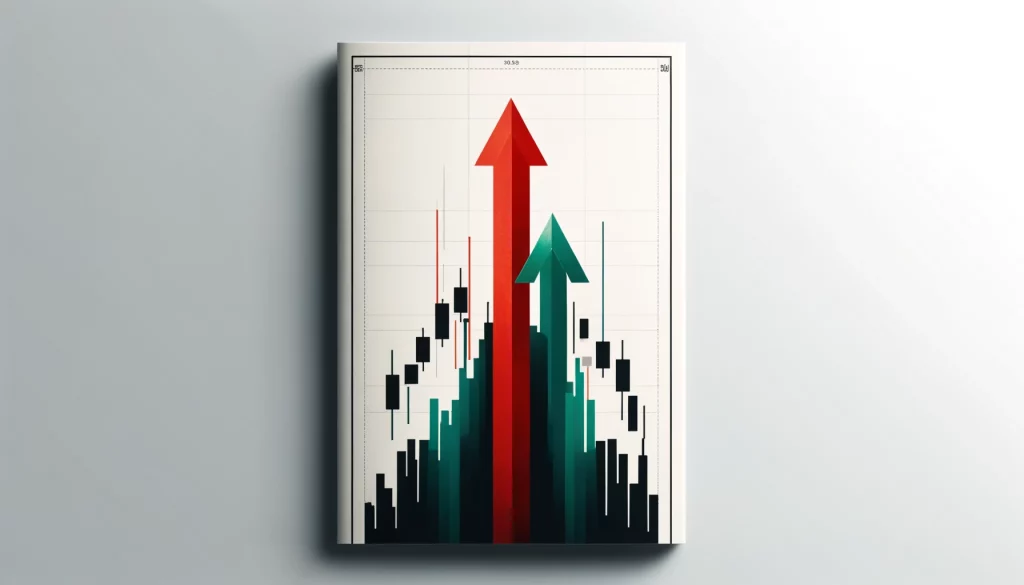Top 2 Intermediate Options Strategies
-
Benjamin The Bull
- May 6, 2024 | 5 min read

Options trading provides a diverse array of strategies catering to different market conditions. Among them, Bull Put Spread and Bear Call Spread stand out as intermediate-level strategies offering traders the opportunity to profit from both bullish and bearish market movements while managing risk. Let’s delve into the intricacies of these strategies and explore how they can be effectively employed.
Understanding Bull Put Spread

Options trading provides a diverse array of strategies catering to different market conditions. Among them, Bull Put Spread and Bear Call Spread stand out as intermediate-level strategies offering traders the opportunity to profit from both bullish and bearish market movements while managing risk. Let’s delve into the intricacies of these strategies and explore how they can be effectively employed.
- Definition: A Bull Put Spread involves selling a put option with a higher strike price while simultaneously purchasing a put option with a lower strike price in the same expiration cycle.
- Objective: The strategy aims to generate income through the premiums received from selling the put option while limiting potential losses with the purchased put option.
- Risk Management: Select strike prices with a comfortable margin of safety and closely monitor market developments to adjust positions if necessary.
Understanding Bull Put Spread

- Definition: A Bear Call Spread entails selling a call option with a lower strike price and purchasing a call option with a higher strike price in the same expiration cycle.
- Objective: Traders utilize this strategy to capitalize on anticipated downward price movements while defining their maximum potential losses.
- Risk Management: Choosing strike prices that provide a sufficient buffer zone and implementing stop-loss orders to limit potential losses.
Identifying Market Conditions

- Bull Put Spread: Typically employed in moderately bullish or neutral market conditions where the underlying asset is expected to remain above the sold put option’s strike price.
- Bear Call Spread: Best suited for moderately bearish or neutral market conditions where the underlying asset is expected to stay below the sold call option’s strike price.
Calculating Potential Profits and Losses

- Bull Put Spread: Maximum profit is limited to the net credit received at the strategy’s inception, while maximum loss occurs if the underlying asset’s price falls below the lower strike price.
- Bear Call Spread: Maximum profit is capped at the net credit received, with the maximum loss occurring if the underlying asset’s price rises above the higher strike price.
Risk Management Strategies

- Bull Put Spread: Traders can mitigate risk by selecting strike prices with a comfortable margin of safety and closely monitoring market developments to adjust their positions if necessary.
- Bear Call Spread: Risk can be managed by choosing strike prices that provide a sufficient buffer zone and implementing stop-loss orders to limit potential losses.
Time Decay Consideration:
Volatility Impact:
- Higher volatility levels can increase premiums, enhancing potential returns for both Bull Put Spreads and Bear Call Spreads. However, excessive volatility may also elevate the risk of significant price swings.
- Traders may adjust their strategies based on volatility levels, opting for wider spreads in high-volatility environments to mitigate risk.
Selecting Optimal Strike Prices:
- Traders should carefully select strike prices based on their market outlook, ensuring a balance between risk and reward. Conservative traders may opt for wider spreads, while more aggressive traders may choose narrower spreads for higher potential returns.
- Analyzing historical price movements and implied volatility can aid in strike price selection, optimizing the risk-reward ratio of the strategy.

- It’s crucial to keep track of expiration dates and consider potential adjustments or exit strategies as expiration approaches to avoid unwanted assignments or exercise of options.
- Rolling positions to future expiration cycles may be considered to extend the duration of the strategy and adjust to evolving market conditions.

- Mastery of Bull Put Spreads and Bear Call Spreads requires practice, patience, and ongoing education. Utilizing paper trading or demo accounts can help traders hone their skills without risking capital, while staying abreast of market trends and option pricing dynamics is essential for informed decision-making.
- Engaging with online communities, attending webinars, and reading reputable sources on options trading can provide valuable insights and perspectives for improving trading proficiency.


